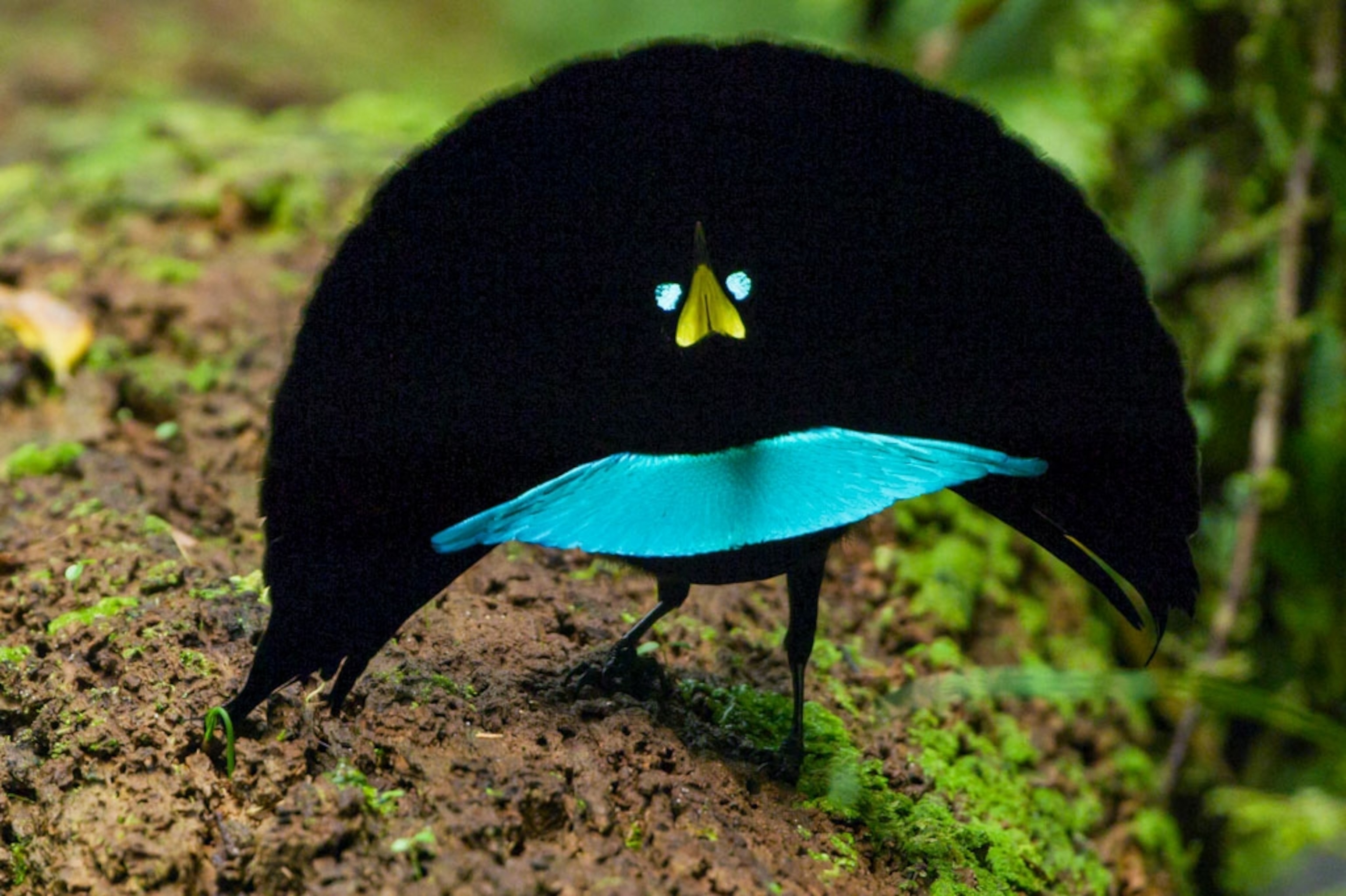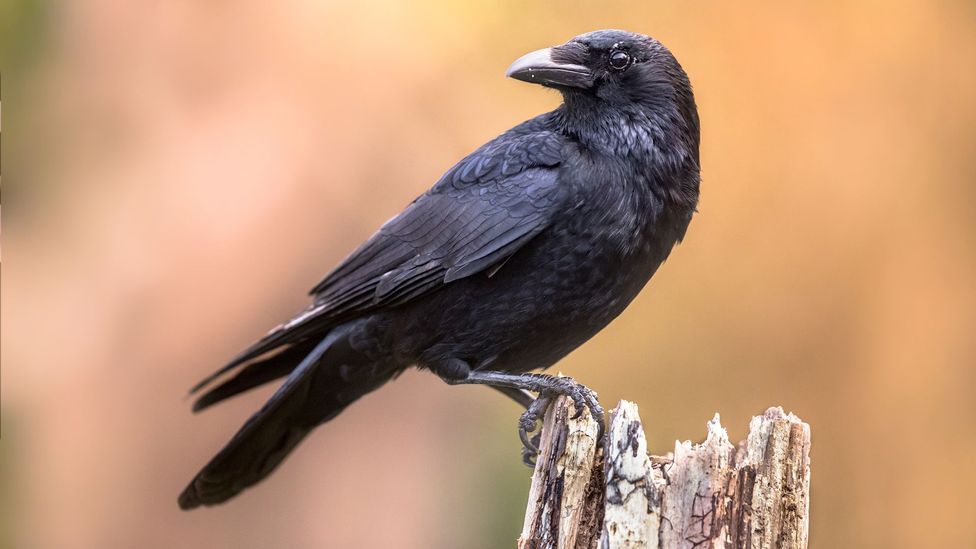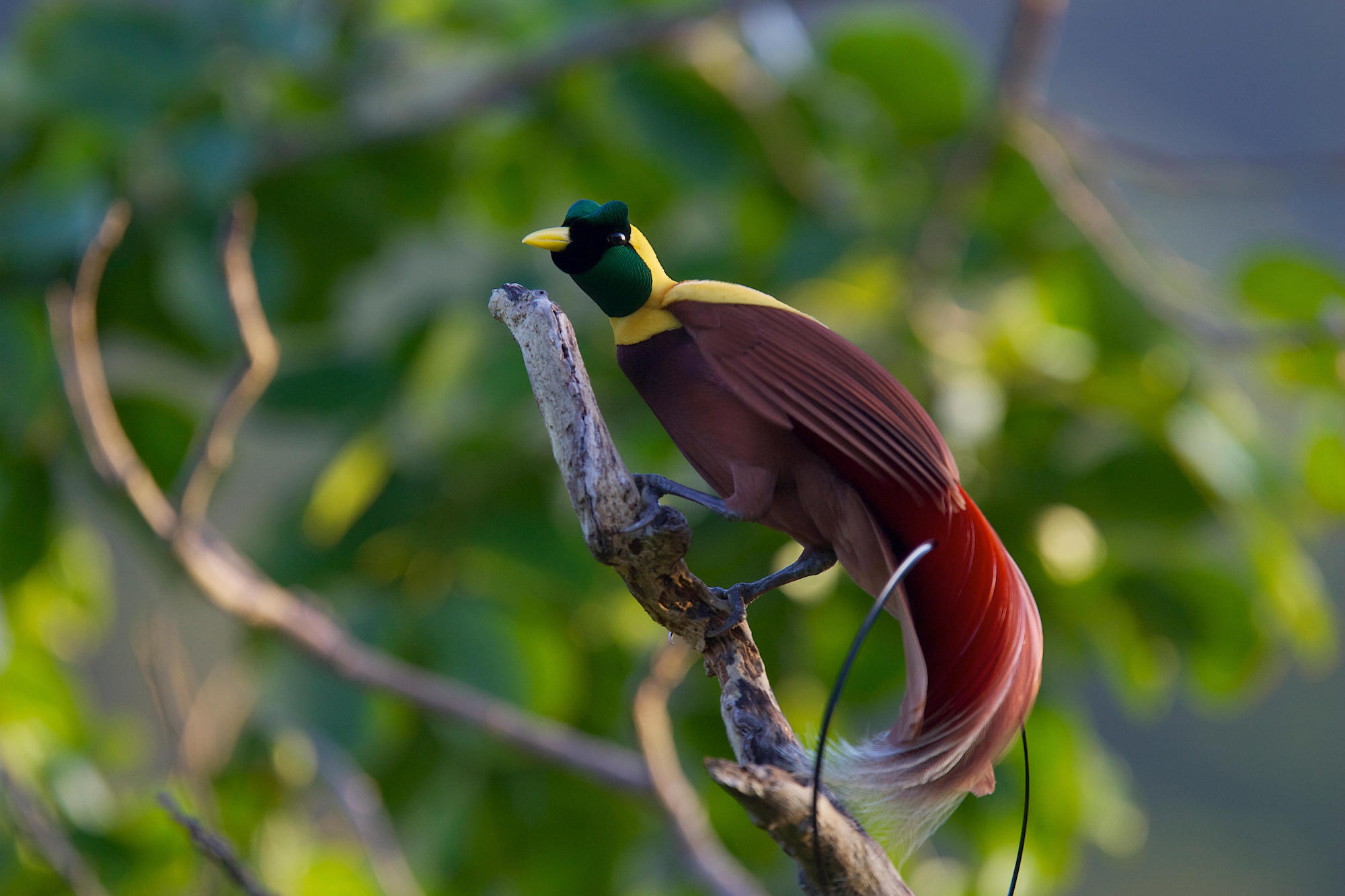Unveiling the Hidden World of Bird Migration
Every year, millions of birds embark on a remarkable journey that spans thousands of miles across continents, defying the limitations of time and space. Their migration patterns are not just an awe-inspiring spectacle but also a testament to nature’s unfathomable mysteries. From the tiny hummingbirds to the majestic eagles, these avian travelers navigate through diverse landscapes, encountering countless challenges and triumphs along the way. As we delve into the hidden world of bird migration, we uncover a story of resilience, instinctual intelligence, and interconnected ecosystems that transcend borders and boundaries.
Unveiling the Hidden World of Fowl Migration
The Phenomenon of Fowl Migration
Fowl migration is an interesting pure phenomenon that has captivated people for hundreds of years. Yearly, hundreds of thousands of birds embark on unbelievable journeys, touring hundreds of miles throughout continents and oceans. This exceptional conduct has puzzled scientists and hen lovers alike, resulting in intensive analysis and research to uncover the secrets and techniques behind this hidden world.
The Want for Migration
Migration is a vital survival technique for a lot of hen species. Birds undertake these lengthy and arduous journeys to search out appropriate breeding grounds, escape harsh climate situations, and find considerable meals sources. By migrating, birds can reap the benefits of totally different habitats and sources all year long, guaranteeing their survival and reproductive success.
For instance, the Arctic Tern holds the report for the longest migration route, touring from its breeding grounds within the Arctic to its wintering grounds in Antarctica. This unbelievable journey spans over 44,000 miles, permitting the terns to use the considerable meals sources in each polar areas.
The Navigation Thriller
Probably the most intriguing elements of hen migration is how birds navigate over huge distances. Regardless of going through quite a few obstacles resembling storms, unfamiliar landscapes, and altering climate patterns, birds handle to search out their method with astonishing accuracy.
Scientists have found that birds depend on a mix of innate talents and environmental cues to navigate. They use the Earth’s magnetic area as a compass, the place of the solar and stars as a information, and even landmarks and topographical options to orient themselves. Some species, just like the homing pigeons, possess a exceptional means to detect and navigate utilizing the Earth’s magnetic area.
Migration Patterns and Methods
Seasonal Migration
Most hen species exhibit seasonal migration, the place they journey between breeding and wintering grounds. This sample permits birds to reap the benefits of favorable situations for breeding and feeding in several areas at totally different occasions of the 12 months.
As an illustration, the Bar-tailed Godwit undertakes a formidable continuous flight from Alaska to New Zealand, protecting a distance of over 7,000 miles. These birds depend on favorable winds and climate situations to finish their journey, guaranteeing they arrive at their vacation spot in time for the breeding season.
Altitudinal Migration
Altitudinal migration is noticed in mountainous areas, the place birds transfer between totally different elevations in response to altering seasons. As temperatures drop in larger altitudes throughout winter, birds descend to decrease elevations the place meals is extra considerable and the local weather is milder.
For instance, the White-tailed Ptarmigan, discovered within the Rocky Mountains, migrates to decrease elevations throughout winter to keep away from harsh situations and discover meals. In spring, because the snow melts and vegetation turns into accessible at larger altitudes, they return to their breeding grounds.
The Significance of Conservation
Understanding hen migration just isn’t solely a matter of scientific curiosity but additionally essential for conservation efforts. Many hen species face quite a few threats alongside their migratory routes, together with habitat loss, local weather change, air pollution, and collisions with human-made buildings.
By learning migration patterns and figuring out key stopover websites and flyways, conservationists can implement focused measures to guard these areas and make sure the survival of migratory hen populations. Worldwide collaborations, such because the Migratory Fowl Treaty Act in america, goal to safeguard migratory birds and their habitats throughout borders.
Abstract
Fowl migration is a exceptional pure phenomenon pushed by the necessity for survival and copy. Birds navigate huge distances utilizing a mix of innate talents and environmental cues, permitting them to search out appropriate breeding grounds and meals sources. Migration patterns differ, with seasonal and altitudinal migration being widespread methods. Understanding hen migration is essential for conservation efforts to guard these unbelievable creatures and their habitats.




Post Comment